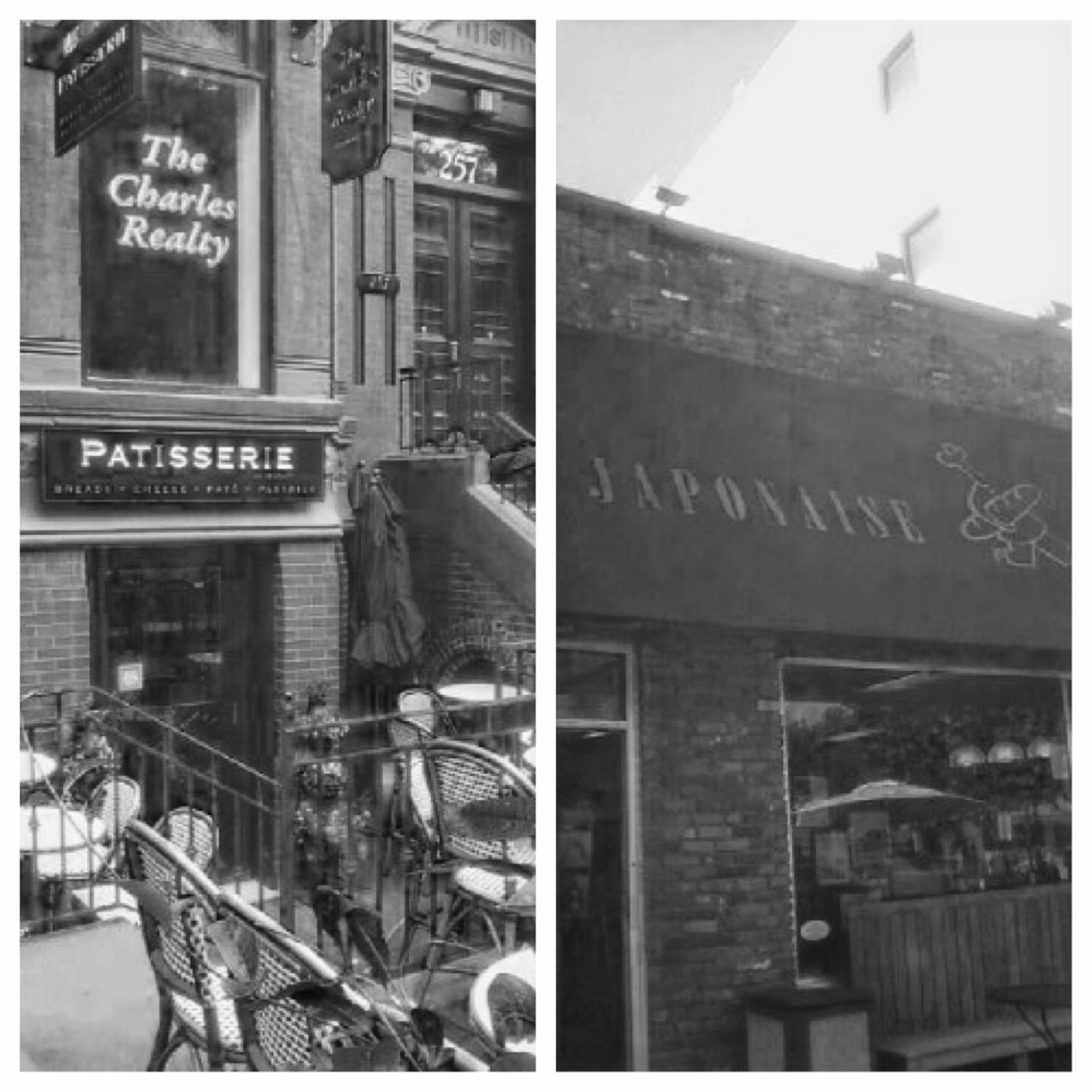
Not twenty minutes ago, my fiancee and I had this conversation:
"Do you want to go out?"
"Not really. Why, do you? Want to walk around?"
"Not really. I'm kind of enjoying reading."
"Yeah. It's nice."
Reading is nice. Reading is
important. If you were one of the lucky attendees of the perennially great (and free!) Boston Book Festival, then I think you left feeling the same. Reading - whether it is the latest historical tome from Doris Kearns Goodwin, the popcorn mythology of Rick Riordan, or the artistic approach to architecture from Lord Norman Foster - is incredibly important. If not because it reaffirms what is important and meaningful to you, the reader, then because it reaffirms what holds us together as a group, the general audience.
This year's festival was jam-packed with excitement. For instance, when I first arrived at Copley Square, it was with what I thought was enough time to grab a bite to eat before hopping in line to see Doris Kearns Goodwin (author of
Lyndon Johnson and the American Dream, The Fitzgeralds and the Kennedys, No Ordinary Time, Team of Rivals, and
The Bully Pulpit) speak. As is usually the case when it comes to timing my arrival to important events, I was grossly mistaken. (The less said about every major holiday of the past half decade the better.) Taking my place in line, stomach grumbling, gave me the pleasant misfortune of viewing the farthest corner of the Trinity Church away from the entrance. In other words, by the time I arrived, the line had already wrapped seventy-five percent of the way around the building.
Slowly progressing towards the entrance (or, according to my appetite, slowly abandoning my proximity to the Bon Me truck parked at the corner of Boylston and Clarendon), I paced into the Trinity Church.
First of all - Wow. Beautiful and iconic on the outside, the interior is a sight to behold. Second, what an amazing venue for a talk with a historian and, later, an architect.
Ms. Kearns Goodwin's conversation with WBUR was great. In it, she more or less revealed that she is mulling a next book on the topic of leadership, pulling from all of the previous research she has done. Earlier this year, while I was in Nashville, I had the good fortune to hear Jon Meacham (author of
Franklin and Winston,
Thomas Jefferson: The Art of Power, and the complicated biography of controversial American President Andrew Jackson,
American Lion) speak on which attributes he would like to see the next generation of Americans exhibit: from Jefferson, curiosity; from Jackson, resilience; from Roosevelt, charm; from Churchill, courage. In this regard, I think Kearns Goodwin is almost
overqualified, and I can't wait to see what comes of this next book. Per Kearns Goodwin's talk and her own work, perhaps Lincoln as a model of critical problem solving in assembling his cabinet? Johnson for social responsibility in his Civil Rights legislation? Teddy Roosevelt as a motivator? Eleanor Roosevelt as leadership itself? Of course, it's also possible Doris Kearns Goodwin is reading this, screaming "Nooooo! That's not it at all!" Apologies if I misunderstood, but I do hope (and think) I understood correctly.
Her talk concluded, there were precious few moments before Lord Norman Foster's (architect of Foster + Partners) talk began. Just enough time to run to Au Bon Pain on Boylston, grab an almond croissant (mana from heaven) and a small coffee.
And... back in my seat, underneath and consumed by the beautiful architecture of Trinity Church once more, just in time to hear Lord Foster speak. If you are unfamiliar with his work, you can see his projects
here. Most notable to Bostonians is his work on the Art of the Americas expansion at the Museum of Fine Arts, which was news to me. (Whoops.) For all that I have written on the museum (probably my favorite place in the Bean), and for all of the times I have walked by the expansion, I did not know who designed it.
I have always loved the Art of the Americas expansion. Lord Foster's philosophical approach to architectural design - that you must first define your task as well as the space you are working with - can be seen on full display here in Boston. As many of us have noticed, it is the largest part of the museum to feature windows. Refusing the traditional approach to museum exteriors (my interpretation is that they use heavy stone and limited windows to reflect, to some extent, an exclusivity of knowledge at the same time that they physically protect the works within), the expansion skips to what happens inside the museum: the open conversation and beginnings of dialogue on art, history, and the humanities. To my mind, it achieves this by placing statues and art where large windows meet the ends of long hallways. The statues are instantly visible from the outside, leading you toward the hallways and, hopefully, into the museum. It effectively begins your dialogue before you even enter. Personally, I think it's genius. Of course, it's also possible Lord Foster is also reading this, screaming "Nooooo! That's not it at all!" Again, apologies if I misunderstood, but I do hope (and think) I understood correctly.
Yes, there was much more to do at the Boston Book Festival, but I was fully satisfied - amazed, really. The festival gets better every year, and in only its sixth iteration, it is hard to imagine how it
could get any better. But I do know this. Its organizers are miracle workers, and if anyone can push something almost perfect nearer that ideal, it's them.
Til next time!



.jpg)


.JPG)
.jpg)
.jpg)
.JPG)


.PNG)
.PNG)

.PNG)
.PNG)
.JPG)

.png)
.png)



.jpg)






.png)


.jpg)



.jpg)